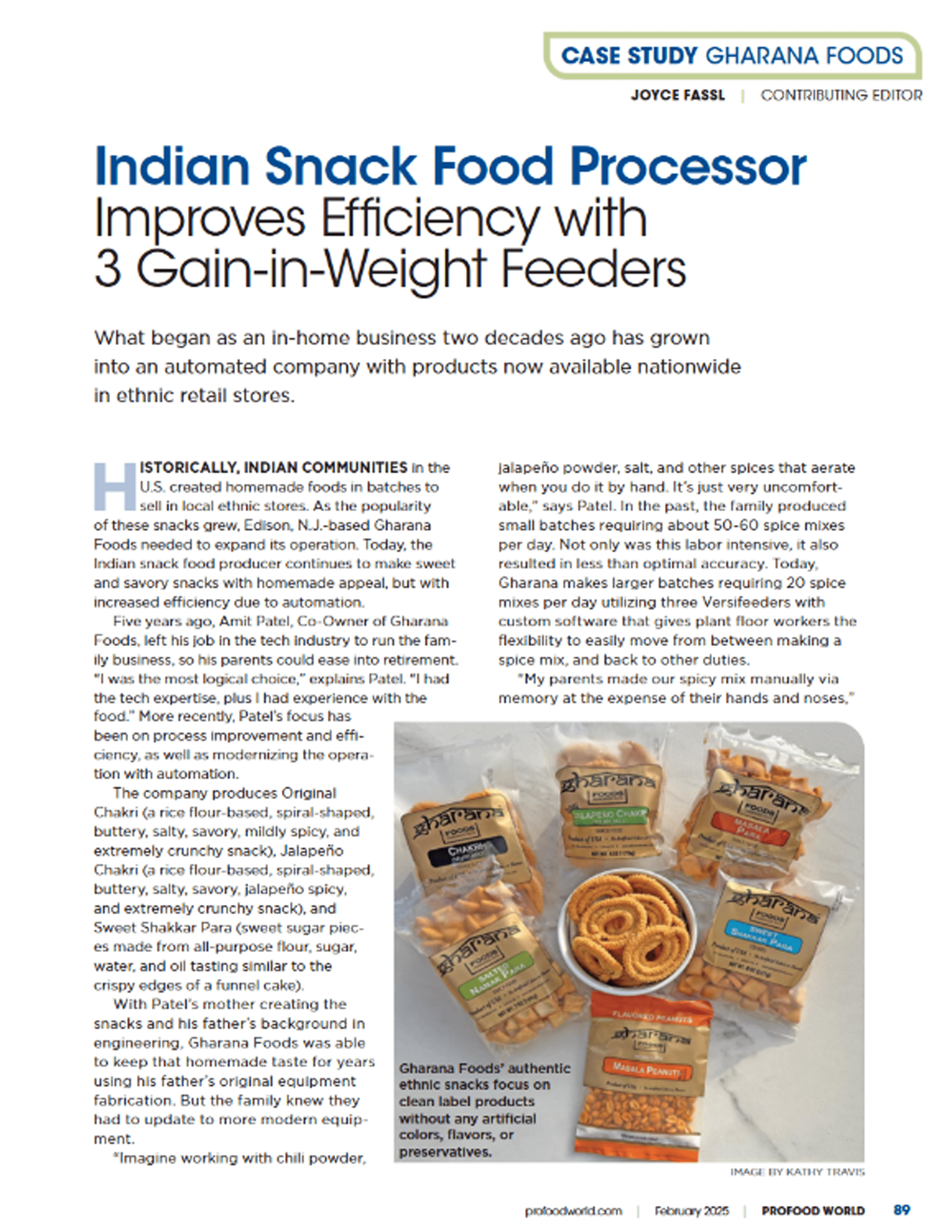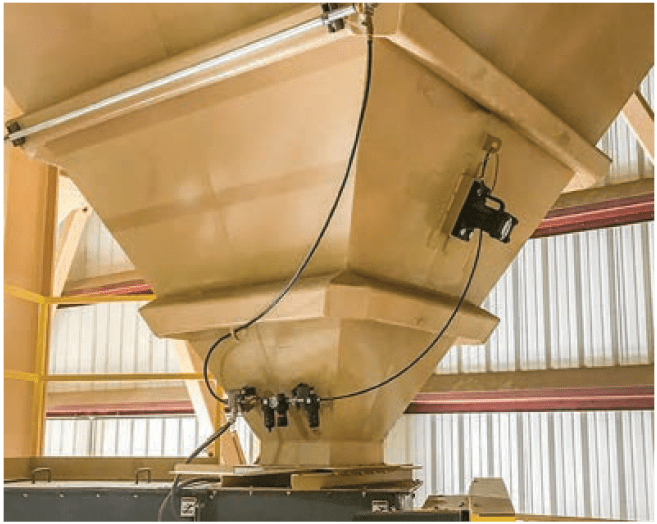Bin Activator Sizing Made Simple
Since its introduction over 50 years ago, the Bin Activator has become the most widely used bin discharge device in the process industries. It can be used on new or existing bins, and it will discharge virtually any dry material. In most cases, a successful Bin Activator installation is simply a matter of picking the right size Activator for a given bin diameter.
There are over 100,000 Bin Activators in service worldwide and we have a tested materials data base of 8000 dry solids. This experience enables us to properly size Bin Activators by measuring a few basic characteristics. If we know bulk density, moisture content, slide angle, particle size, compressibility, and cohesiveness, we can place the material in one of four general classifications. Then with bin dimensions we can select the proper size Bin Activator.
Class I materials are granular and would normally flow unassisted. But with changes in moisture or temperature they may become flow resistant and require a small Bin Activator. Granular salt, whole grains and plastic pellets fall into this category. Bin Activators should be 1/4 to 1/3 of the bin diameter.
Class II materials are the sluggish powders which would not normally flow by gravity alone. Examples would be flour, starch, powdered sugar, and most plastic powders. Bin Activators should be 1/2 to 2/3 the diameter of the bin.
Class III materials are some of the most challenging to discharge. They can be either readily adhesive or easily fluidized. Sometimes, in the case of cement or hydrated lime they can act either way. A product that that is too easily fluidized will be nearly impossible to control after it leaves the bin. The job of the Bin Activator, then, is to overcome the strong tendency of this material to bridge and pack while at the same time de-aerating it on discharge. Bin Activators for Class III materials should be ½ to 2/3 the bin diameter.
Class IV materials are fibrous or flaky with a relatively low bulk density. They typically have a large particle size and tend to interlock and absorb vibration. Examples of Class IV materials would be wood chips, shavings, plastic scrap and chopped fiberglass. Bin Activators should be as large as the bin will accept.
This information is summarized in the table below. The table also indicates expected discharge rates for a given outlet size with each of the 4 material classifications.
So if you know the bin diameter and the material class for the product you are storing, you can easily and confidently select the proper size Bin Activator for your application.











































